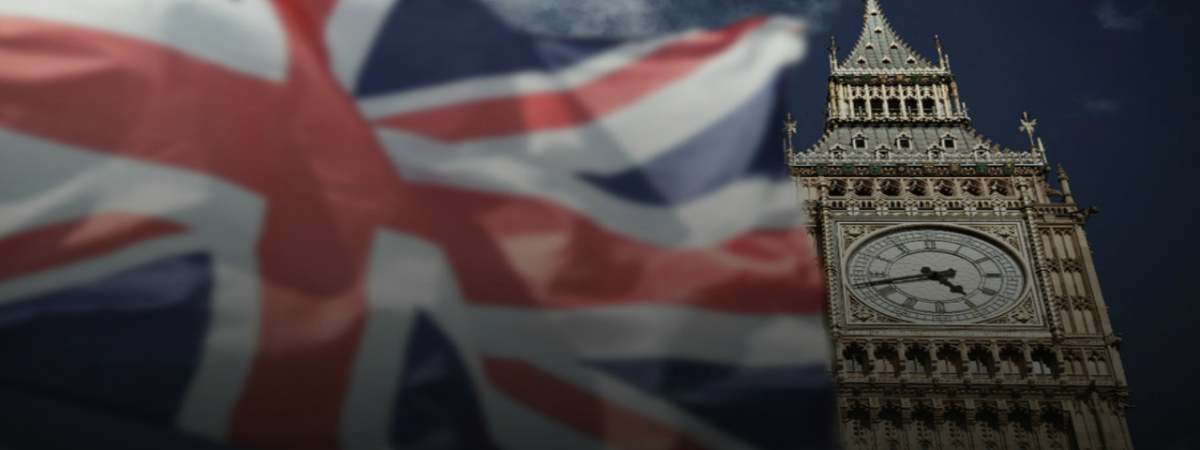Public choice theory – the economics of government failure
SUGGESTED



To help us analyse and make such choices, economists have developed some simple but useful tools. They include ideas such as cost – the value of what you give up in trying reach your end goal – and benefit, the value you gain from achieving it.
Likewise, profit is the difference in value between what you give up and what you gain – though if the view was disappointing or you find the guitar too difficult, it might equally be your loss. It is instructive to use these tools to analyse how political decisions are made. That is exactly what the Public Choice School of economists does, and what James M. Buchanan won the 1986 Nobel Economics Prize for.
These economists note that when making private choices, the individual feels both the costs (trudging up the hill) and the benefits (the glorious view). In political decisions, such as whether London Airport should be expanded, the people who benefit (e.g. air travellers) are not the same people who bear the costs (e.g. taxpayers and those whose homes are bulldozed).
Yet minorities are often forced to accept the decisions of the majority. This means that in “democratic” decisions, the majority can exploit the minority – voting themselves benefits but imposing the costs on others.
The “welfare economists” of the twentieth century forgot this. They assumed that public decision-making was perfectly rational. Once the economists had worked out the costs and benefits of a project (such as an airport expansion), the politicians could be left to follow their advice. But politicians have their own private interests that distort their decisions – as do the citizens who elect them and the officials who implement the laws. Choices made democratically are not necessarily the best choices.
The trouble starts with elections. Elections are regarded as measures of the public interest. In fact, they are competitions between competing private interests. There is no way to reconcile those who want a bigger airport with those who want quiet skies, those who want lower taxes, or those who want the money spent on defence instead. These conflicting private interests cannot be summed into any sensible single measure of ‘public interest’.
Also, different systems produce different results. Under majority voting, if 51% of the voters want airport expansion, the other 49% have to accept it. But if a two-thirds majority is required, the expansionists might have to modify their proposals to get them through. The lower the majority required, the easier it is for the majority to exploit the minority. That is why Buchanan favoured a near-unanimity rule for decisions on things, such as taxation, where it is very easy to impose costs on minorities (like “the wealthy” or “land owners”).
Another issue is “rent seeking”. Small groups with very strong interests come to dominate the election process. Farmers, for example, might benefit greatly from public subsidies or protection against foreign producers. That might mean higher costs for taxpayers and customers, but not high enough to get them campaigning against it. So the lobby groups are vocal, focused and politically organised, while ordinary people are not. Unsurprisingly, therefore, political candidates pander to the noisy few rather than the “silent majority”.
People complain about the silent majority’s apathy. But look at it again in terms of costs and benefits. The chance of your vote actually making a difference in an election is tens of millions to one. So why bother studying the candidates and the issues? Your “rational ignorance” makes perfect sense. Once they have bagged the votes of the lobby groups, politicians’ best chance of picking up more votes, say the Public Choice theorists, is to adopt policies that appeal to the large mass of voters in the centre. That also leaves them some hope of picking up voters on either side. But this pursuit of the “median voter” means that all parties tend to bunch at the centre, leaving non-centrist electors largely unrepresented.
When elected, politicians may well resort to vote trading (or “logrolling”) to get their own policies through the legislature. They agree to support measures that other legislators favour strongly in return for those legislators’ support on their own preferred projects: “you vote for my measures and I’ll vote for yours”. But the result is that more laws are passed than anyone really wants.
Government growth is also promoted by the self-interest of civil servants. They are likely to pursue the security and status of a large department with a big budget, and so talk legislators into expanding the rules and regulations that they administer.
Again, what is missing in this process is the voice of the public who have to pay for these measures and who suffer their effects. Issues like these are why many Public Choice theorists argue for strong constitutional restraints on the political process. They worry that electoral majorities – often dominated by coalitions of highly motivated vested interest groups – may use their numbers to exploit underrepresented minorities or even the ignored masses.
Such issues should also warn us that the answer to “market failure” is not always government intervention, as many mainstream economists assume. A streetwise economist is painfully aware that government failure is even worse.
This article is from the latest issue of EA Magazine. Read in full here.



